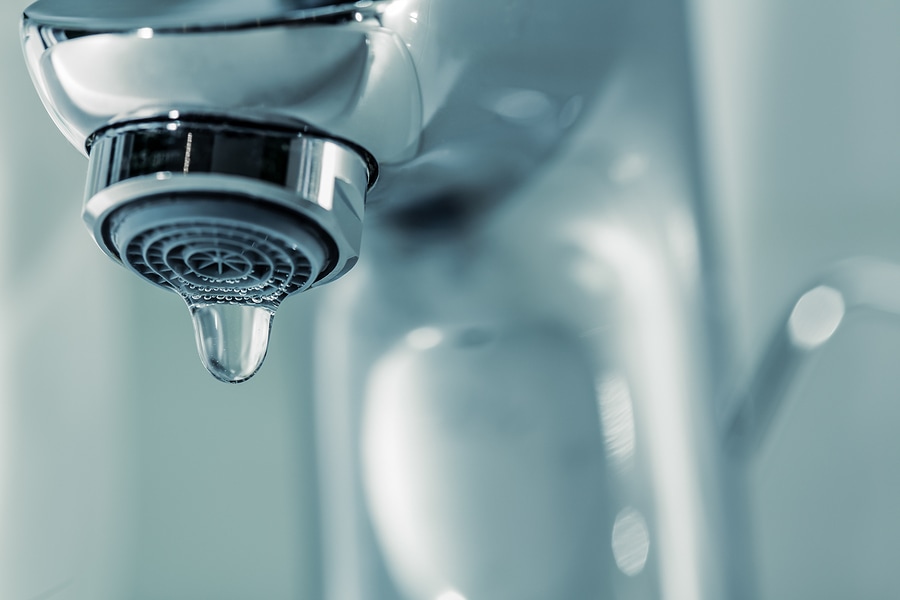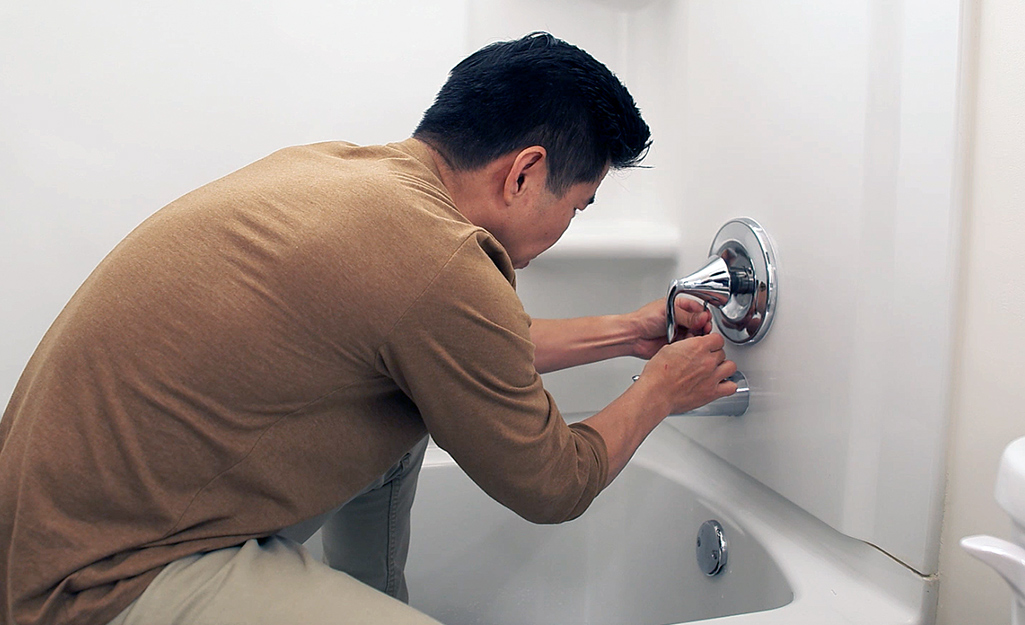In this article below you can discover some amazing points concerning Why Is It Important To Fix Your Leaking Tap/Faucet?.

Leaking faucets may appear like a minor aggravation, but their impact goes beyond simply the annoyance of the sound. From wasting water to sustaining unneeded economic prices and wellness dangers, neglecting a dripping tap can cause various repercussions. In this short article, we'll explore why it's important to address this common household issue quickly and efficiently.
Wastefulness of Water
Environmental Influence
Leaking faucets add dramatically to water wastage. According to the Epa (EPA), a single tap leaking at one drip per secondly can waste greater than 3,000 gallons of water each year. This not only strains water resources however additionally impacts communities and wild animals based on them.
Financial Prices
Boosted Water Bills
Beyond the ecological impact, leaking faucets can inflate water bills substantially. The accumulated wastage in time equates right into greater energy expenditures, which might have been avoided with timely fixings.
Potential Residential Or Commercial Property Damage
In addition, prolonged leaking can bring about harm to components and surfaces surrounding the tap. Water build-up can create discoloration, deterioration, and also structural concerns if left unattended, resulting in added repair costs.
Health Problems
Mold and Mildew Development
The continuous visibility of moisture from a trickling tap produces an ideal atmosphere for mold and mildew and mold development. These fungis not only jeopardize indoor air top quality but additionally position wellness threats, especially for individuals with breathing problems or allergies.
Waterborne Illness
Stationary water in leaking faucets can become a breeding place for bacteria and other microorganisms, boosting the threat of waterborne diseases. Contaminants such as Legionella bacteria thrive in stationary water, possibly resulting in severe health problems when ingested or breathed in.
Do it yourself vs. Expert Fixing
Advantages and disadvantages of DIY Repair Service
While some may attempt to repair a dripping tap themselves, DIY repair services come with their very own set of challenges. Without appropriate understanding and tools, DIY efforts can intensify the concern or result in incomplete fixings, prolonging the issue.
Advantages of Hiring an Expert Plumber
Employing an expert plumber makes sure that the underlying root cause of the dripping faucet is dealt with efficiently. Plumbing professionals possess the expertise and tools to identify and repair faucet concerns efficiently, saving time and lessening the risk of further damage.
Step-by-Step Overview to Fixing a Dripping Tap
Tools Required
Before attempting to repair a trickling faucet, gather the necessary tools, consisting of a flexible wrench, screwdrivers, replacement parts (such as washers or cartridges), and plumber's tape.
Usual Tap Issues and Their Solutions
Recognize the kind of tap and the certain problem creating the drip. Common issues include damaged washers, corroded valve seats, or defective O-rings. Refer to maker guidelines or online tutorials for step-by-step guidance on repairs.
Safety nets
Regular Maintenance Tips
To avoid trickling taps, execute routine maintenance such as cleaning aerators, checking for leakages, and changing worn-out parts immediately. In addition, take into consideration mounting water-saving tools or upgrading to a lot more reliable components.
Value of Prompt Services
Attending to dripping taps as quickly as they're discovered prevents further water wastefulness and possible damages, ultimately saving both water and cash in the future.
Effect On Home Value
Understanding of Well-Maintained Home
Keeping a home in good condition, consisting of attending to upkeep concerns like leaking taps, boosts its viewed value and charm among prospective buyers or occupants.
Impact on Resale Worth
Qualities with properly maintained plumbing fixtures, including faucets, command higher resale worths in the property market. Addressing trickling faucets can contribute to a positive impression throughout building evaluations and arrangements.
Ecological Responsibility
Private Contribution to Conservation
Taking responsibility for repairing trickling faucets aligns with broader initiatives toward water preservation and environmental sustainability. Every individual's actions jointly make a substantial impact on protecting priceless sources.
Sustainable Living Practices
By focusing on punctual repair services and adopting water-saving habits, people contribute to sustainable living methods that profit both present and future generations.
Final thought
Attending to a dripping faucet surpasses mere convenience; it's an essential step towards preserving water, decreasing financial expenses, and protecting wellness and residential or commercial property. Whether via DIY repairs or professional assistance, taking action to repair trickling faucets is a little yet impactful means to promote responsible stewardship of sources and contribute to a healthier, much more sustainable future.
How to Fix a Leaky Faucet: Step-by-Step Repair Guide
A leaky faucet may seem like a simple annoyance, but if it's not fixed promptly, that leak could cost hundreds to potentially thousands. From water damage to mold, mildew, and high water bills, even a tiny leak can be catastrophic if left unattended. Damage like this can even affect the overall value of your home, so it's important to take the right approach for leaky faucet repair. You may need the help of a plumber in some cases, but we've got a few tips you can try on how to fix a leaky faucet before calling the pros.
Four Faucet Types
When you're learning how to fix a leaky faucet, the first step is knowing what kind of faucet you're working with! There are four common types.
Cartridge Faucets
Cartridge faucets come in one- or two-handled varieties. In one-handled cartridge faucets, hot and cold water combines in a single cartridge. In the two-handled versions, hot and cold water are controlled separately and mixed in the faucet.
Ball Faucets
Ball faucets have a single lever you push up and down to adjust the pressure and rotate to change the temperature. A slotted metal ball controls the amount of water allowed into the spout.
Compression Washer Faucets
They're the oldest type of faucet, but they're still used in many homes — especially older ones. Compression faucets have two separate handles that, when turned, raise or lower the washer that seals a water valve. This valve stops water from flowing through the faucet when it is turned off.
Disc Faucets
Disc faucets rarely need to be repaired due to their maintenance-free design. The water flow is controlled by two discs — the upper one raises and lowers against a fixed lower disc, creating a watertight seal. If your disc faucet starts leaking, you may need to replace the seals or clean residue buildup from the inlets.
Fixing a Leaky Faucet
Step 1: Turn Off the Water
Whether you're learning how to fix a leaky bathtub faucet or how to fix a leaky kitchen faucet, always turn off the water supply to your working area when you're fixing a leak. The last thing you want is a flood added to your list of things to fix.
Look for the shutoff valves below your sink or around the tub and turn them clockwise to stop the water flow. If your faucet doesn't have shutoff valves, you may need to turn off the water for the whole house. Check to make sure it's off by turning the faucet on. If nothing comes out, you're ready to start the repair.
Step 2: Take Apart the Faucet
How you disassemble your faucet depends on the type of fixture you have. You can use a flathead screwdriver to remove the caps on top of the handle or handles for cartridge and compression faucets. Inside, you should see handle screws. Unscrew these with a screwdriver to remove the handle.
Disc- and ball-style faucets will typically have an inlet screw near the handle, and removing that will reveal the interior of the faucet.
Detach the Valve Stem
For cartridge- and compression-style faucets, you'll see the inner valve stem or cartridge once you remove the faucet handles. If you have a compression faucet, unscrew the brass valve stem. If you have a cartridge faucet, pull out the cartridge. If your cartridge has been in place for a while, it may require some tools or extra force to remove it due to mineral deposits.
Examine and Replace Parts
Once you've removed the parts, check them out to confirm what needs to be replaced. You may see corroded rubber washers, O-rings, stems, or cartridges. On a ball-style faucet, check the seats and springs for damage.
If you need to repair a leaky disc faucet, check the inlet and seals on the lower disc.
Once you determine what parts must be replaced, visit your local hardware store. Bring the damaged parts with you to ensure you can purchase the correct components to replace them.
Clean Valves and Faucet Cavity
If you've removed a stem or cartridge, you may notice mineral buildup in the faucet's threads. Use white vinegar to clean the valve seat by soaking it for a few minutes, then scrub it away with a soft toothbrush and rinse with warm water. You can also clean the interior of the faucet in the same way.
Reassemble the Faucet
Once your faucet is cleaned and the required parts have been replaced, it's time to reassemble it. Put the pieces back together and slowly turn the water supply back on. Doing this slowly is crucial because too much initial water pressure can damage the new hardware you've just installed.
https://homewarranty.firstam.com/blog/how-to-fix-leaky-faucet

Hopefully you liked our article about 4 Common Reasons for a Leaky Faucet. Thanks a lot for spending some time to read our post. So long as you appreciated our blog posting if you please be sure to pass it around. Thank you so much for taking the time to read it.
Comments on “What It's Mandatory to Correct a Dripping Faucet”